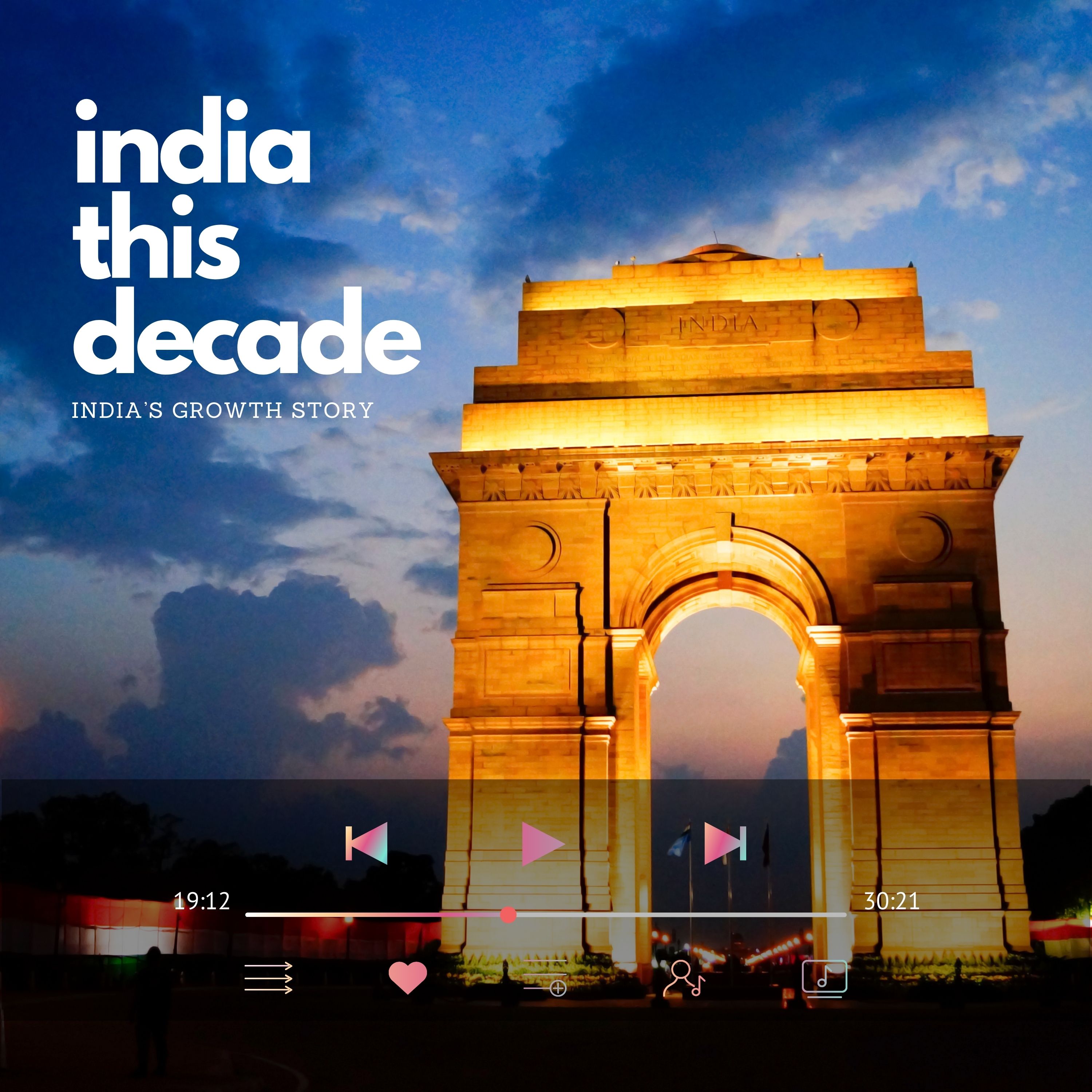

Understanding India's Role in COP28 and Climate Change
India This Decade
| Amaya | Rating 0 (0) (0) |
| Launched: Dec 20, 2023 | |
| indiathisdecade@gmail.com | Season: 1 Episode: 13 |
India has been taking significant strides in addressing climate change, with a strong focus on renewable energy and sustainable development. Our country's climate strategy revolves around three pivotal principles: Mission LiFE, the Green Credit Initiative, and an unwavering commitment to equity and climate justice. At COP28, India's Environment Minister, Bhupender Yadav, emphasized the crucial need for "equity and justice" in climate negotiations. He argued that developed countries should lead global climate action, considering their historical contribution to climate-warming emissions. This stance reflects India's position as a developing country, carefully balancing the imperative for economic growth with environmental responsibility.
SUBSCRIBE
Episode Chapters

India has been taking significant strides in addressing climate change, with a strong focus on renewable energy and sustainable development. Our country's climate strategy revolves around three pivotal principles: Mission LiFE, the Green Credit Initiative, and an unwavering commitment to equity and climate justice. At COP28, India's Environment Minister, Bhupender Yadav, emphasized the crucial need for "equity and justice" in climate negotiations. He argued that developed countries should lead global climate action, considering their historical contribution to climate-warming emissions. This stance reflects India's position as a developing country, carefully balancing the imperative for economic growth with environmental responsibility.
India has been taking significant strides in addressing climate change, with a strong focus on renewable energy and sustainable development. Our country's climate strategy revolves around three pivotal principles: Mission LiFE, the Green Credit Initiative, and an unwavering commitment to equity and climate justice. At COP28, India's Environment Minister, Bhupender Yadav, emphasized the crucial need for "equity and justice" in climate negotiations. He argued that developed countries should lead global climate action, considering their historical contribution to climate-warming emissions. This stance reflects India's position as a developing country, carefully balancing the imperative for economic growth with environmental responsibility.
But what does this mean in practical terms? Let us delve into the specifics of India's climate action plans.
India has set ambitious targets for renewable energy. By the year 2030, our goal is for 50% of our electricity to come from renewable sources. This includes a plan to add another 17 gigawatts of coal. Furthermore, India aims to produce five million tonnes of green hydrogen by 2030, supported by 125 GW of renewable energy capacity. In fact, India has already made remarkable progress towards combating climate change. We aim to achieve net-zero emissions by 2070 and meet fifty percent of our electricity requirements from renewable energy sources by 2030. Impressively, our country has already surpassed its commitment made at COP 21- Paris Summit by meeting 40% of its power capacity from non-fossil fuels, almost nine years ahead of schedule.
India's transition towards clean energy is well underway. We have witnessed a significant increase in the share of solar and wind energy in our energy mix. Renewable electricity is growing at a faster rate in India than in any other major economy, with new capacity additions on track to double by 2026.


